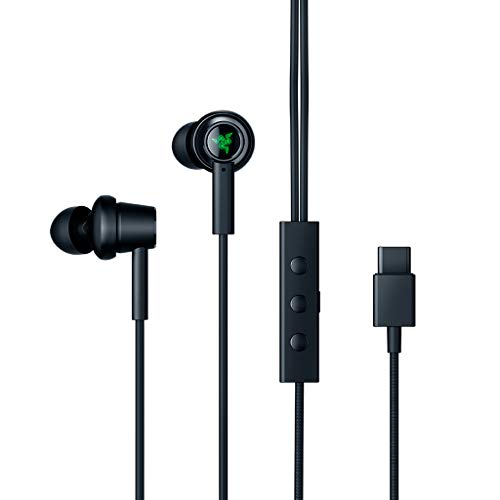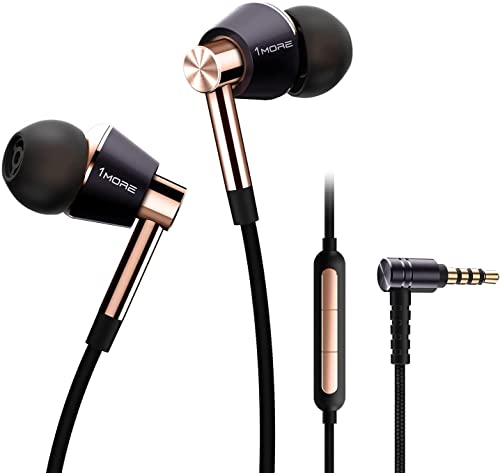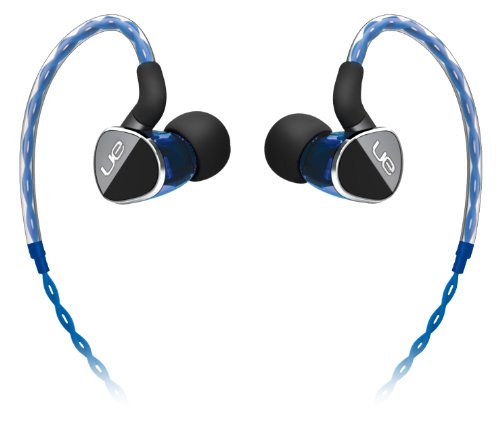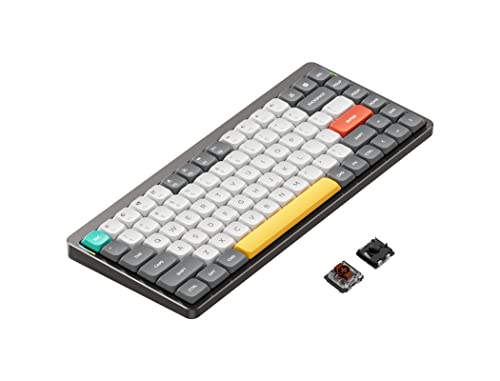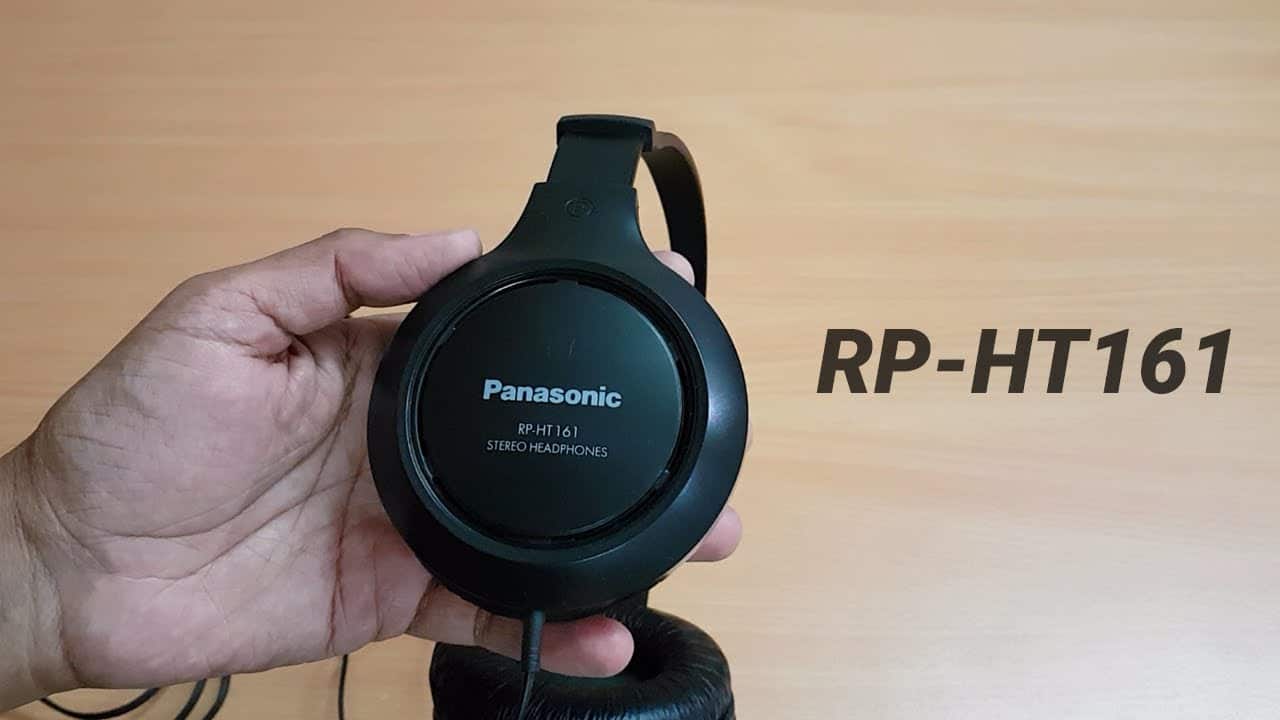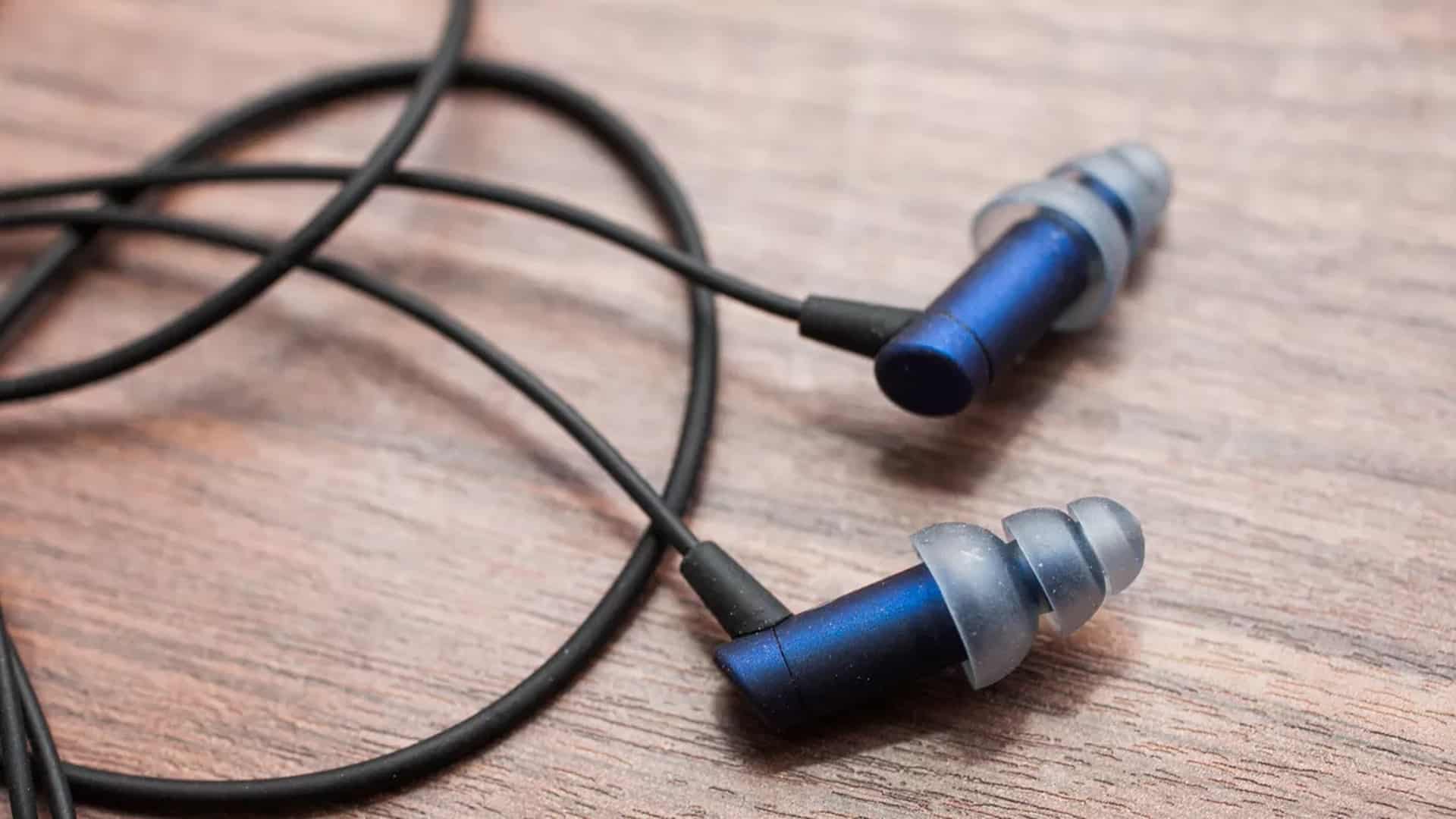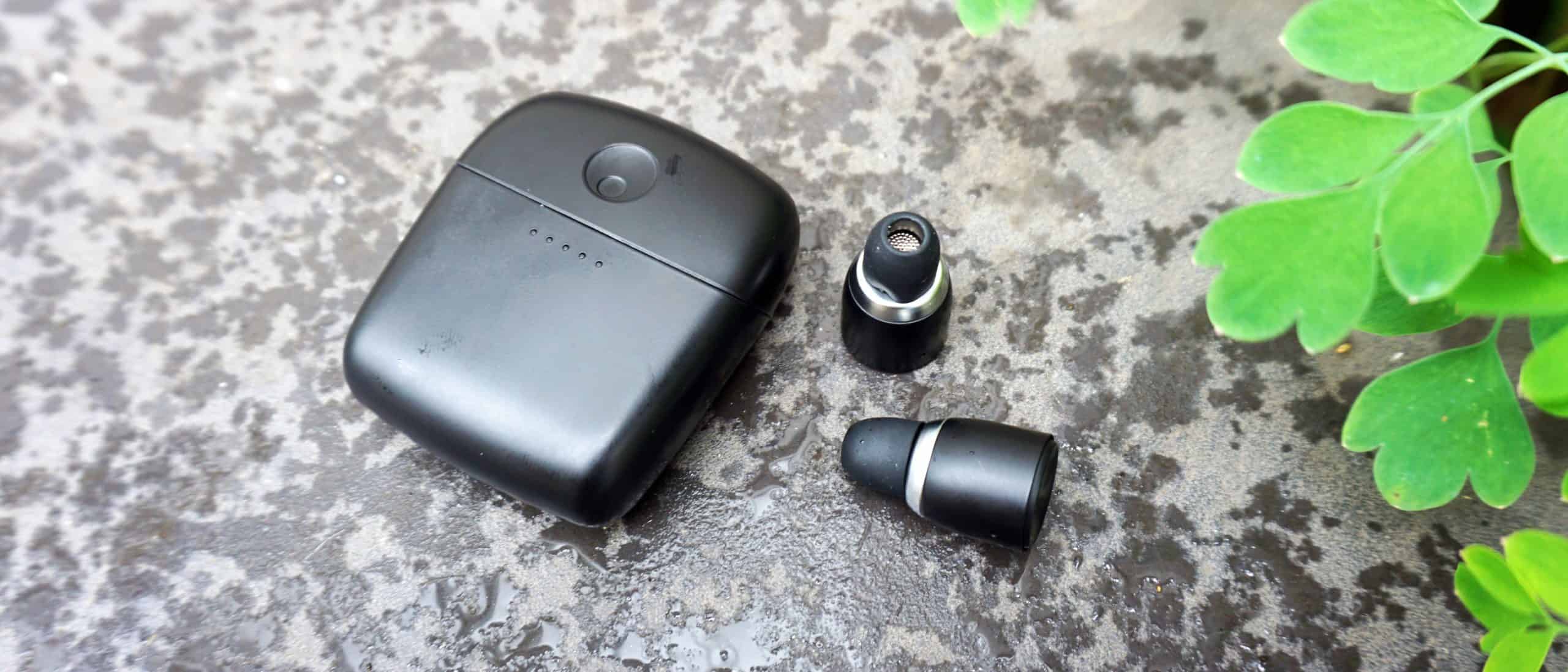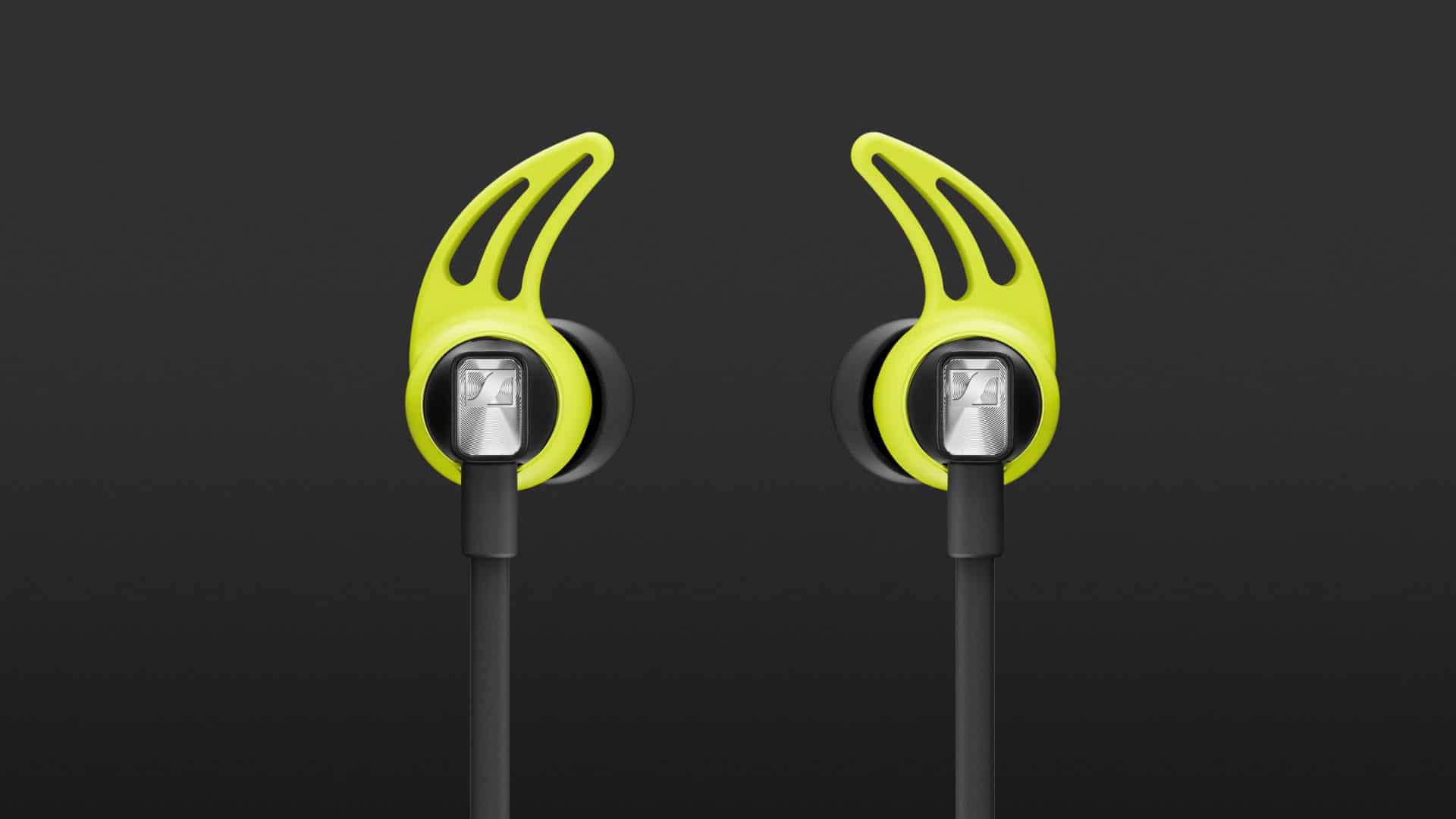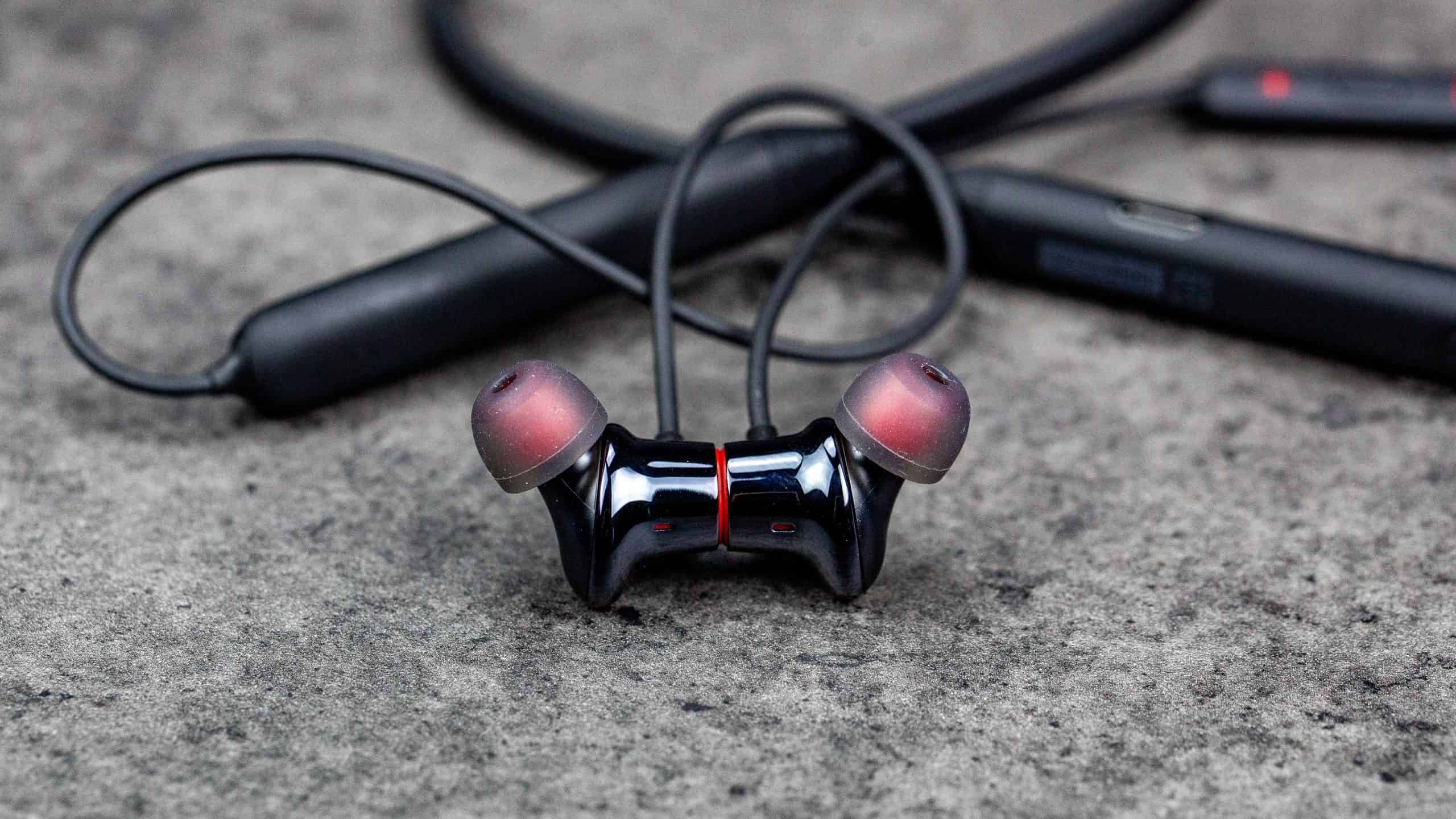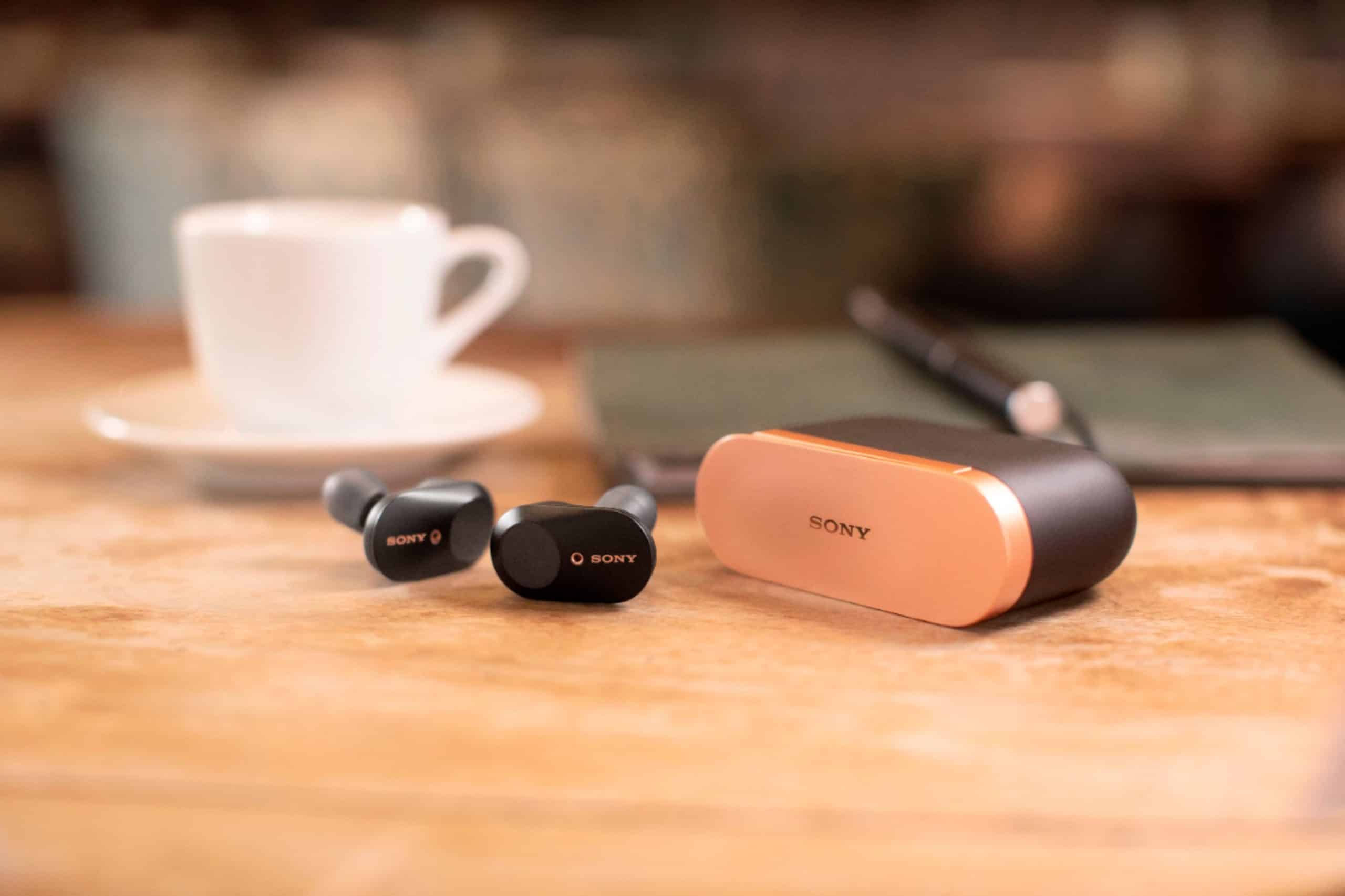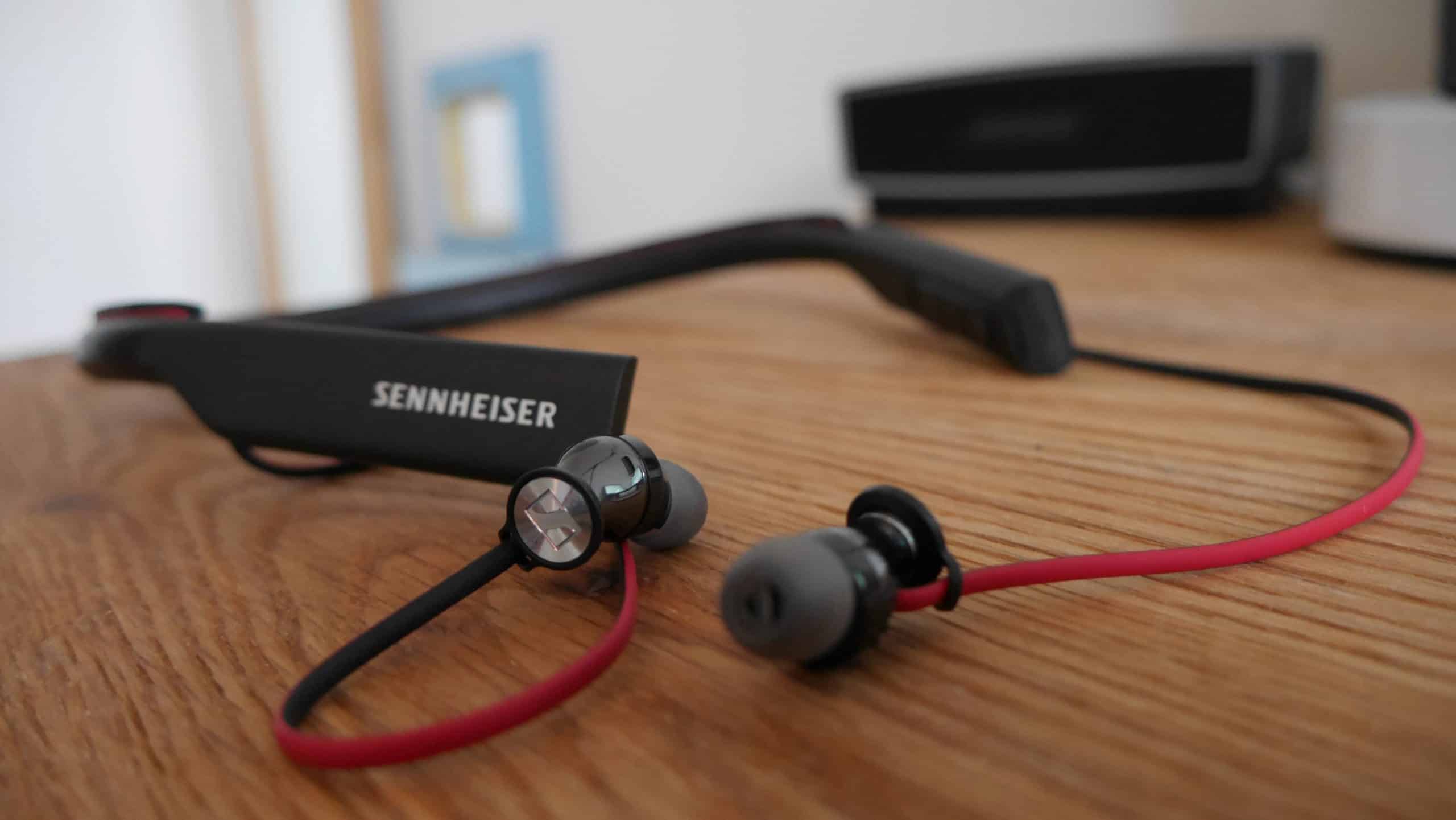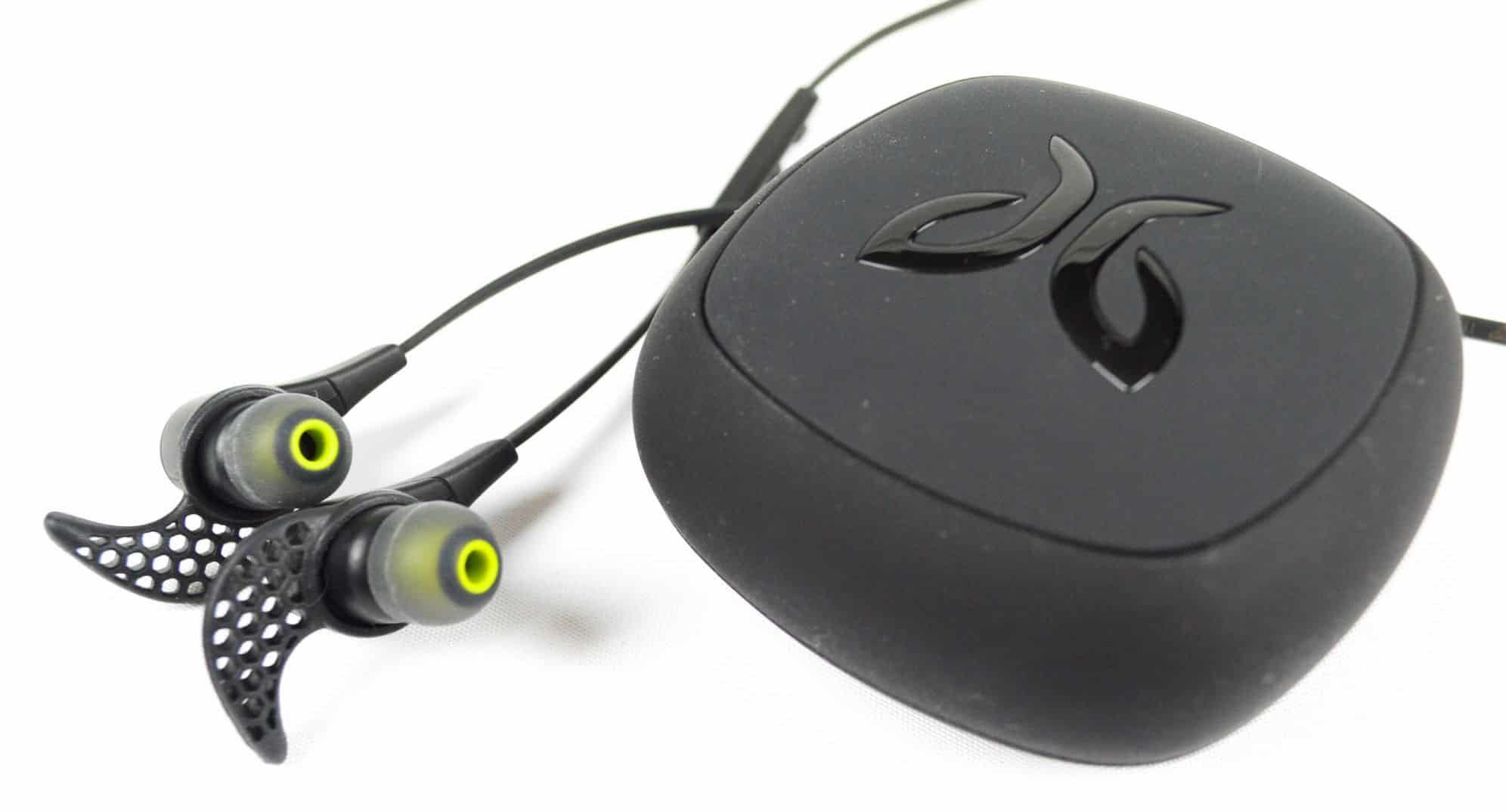If you’re looking to upgrade your listening experience, you’ll probably wonder about the pros and cons of studio vs audiophile headphones, high-impedance vs low-impedance headphones, or even great on-ear headphones. Though each can offer a superior listening experience compared to average consumer models, there are differences in terms of sound, comfort, price, and functionality that are important to understand. And keep in mind that the best headphones for your needs aren’t necessarily the most expensive.
KEY TAKEAWAYS:
- If the most accurate audio reproduction is your priority, studio headphones are the best choice. However, they will be noticeably quieter than consumer models and even audiophile headphones.
- Audiophile headphones aren’t cheap, and while they’re more accurate and have a wide range when it comes to frequency response than regular consumer models, they’re still less so than studio headphones.
- Many budget-minded studio headphones offer great performance and accuracy, while audiophile headphones don’t usually start any lower than $200.
While learning about your options, you may also want to look into the differences between Bluetooth and RF headphones. You might also read up on wireless vs wired headphones.
Studio Headphones vs Audiophile Headphones
Studio (often also called reference or monitor) headphones provide superior audio reproduction than consumer-grade models, with a wider, deeper frequency response and more accurate stereo imaging.
Insider Tip
Audiophile headphones can be a good investment if you want more accurate, detailed, and deep sound but don’t want the completely flat response of studio headphones.
The tier designed for audiophiles is at the high end of the consumer headphone market. This tier includes headphones meant to compete with the high performance of studio headphones with some of the advantages of consumer-grade options. Like headphones for TV or even the top-rated DJ headphones.
Frequency Response/Sound Quality
One of the most important design features of all studio headphones is that they have a “flat and wide” frequency response. This means that they’re capable of reproducing a wider or larger frequency range than consumer models. Most consumer models are rated for 20Hz to 20,000kHz, the general range of human hearing.
The “flat” refers to the fact that studio monitors don’t have the EQ and gain boosting present in most consumer models. Many casual music listeners feel that consumer-grade models sound “better” or more exciting than studio monitors because they’re used to hearing hyped sounds at higher volumes. But those EQ and volume boost result in a lack of clarity and increased harmonic distortion, meaning they’re far less accurate and therefore not a good choice for audio professionals.
Audiophile headphones have a wider frequency response for a deeper, more dynamic sound than lower and mid-grade models. However, many still have subtle EQ and gain boosts built-in that can compromise their accuracy, but to a lesser degree than lower-tier offerings. They’re an improvement in terms of realism, but studio headphones still have the edge.
Cost
Studio headphones are designed for audio professionals such as recording and mixing engineers. Though you can find reference headphones at an affordable price ($35-$60) that are more than serviceable for tracking, they’re more expensive than consumer models. Some high-end studio headphones can be in the $2,000 price range.
Audiophile headphones tend to be the most expensive consumer-grade models available, and some come at prices you might find in mid-high tier studio headphones in the $300-600 range. However, unlike the studio headphone market, there are no inexpensive audiophile headphones, and you won’t find anything with hi-fidelity performance for less than $200.
In terms of overall cost-to-performance, a pair of studio headphones offer more for less.
Durability/Reliability
In the upper price ranges, audiophile headphones tend to have very robust, heavy builds and are built to last much longer and take more abuse than standard consumer models. Most studio headphones are built to be durable and reliable across the price ranges since they’re designed for use by working professionals in studios where gear is used regularly and for long hours. Here again, the studio market has the edge.
Warning
If you’re choosing studio headphones, keep in mind that, if you’re not an audio professional, many users initially find the sound of such headphones far less pleasing than consumer models, even though they’re more accurate.
F.A.Q.S
Are studio headphones a good choice even if you’re not an audio engineer or musician?
Studio headphones are a good choice if you want the most accurate, “un-hyped” sound possible. However, if you’re used to consumer headphones, you might initially dislike the sound. They’re also quieter than consumer headphones, something to keep in mind depending on how you’re using them.
What are monitor headphones?
A pair of headphones designed for pro audio use are sometimes called “monitor headphones” or studio headphones. Less commonly, they may be called “reference headphones,” especially when advertised in pro audio publications.
What is a “flat response”?
Flat response in headphones and speakers refers to a design that doesn’t include EQ or gain boosting to “sweeten” or “hype” audio. Most consumer headphones are designed with such sweetening built-in. This makes them less accurate for professional applications, which is why all studio headphones and some audiophile headphones are designed without any.
STAT: Studies show that 70% of people buy headphones without considering technical specifications at all. (source)
















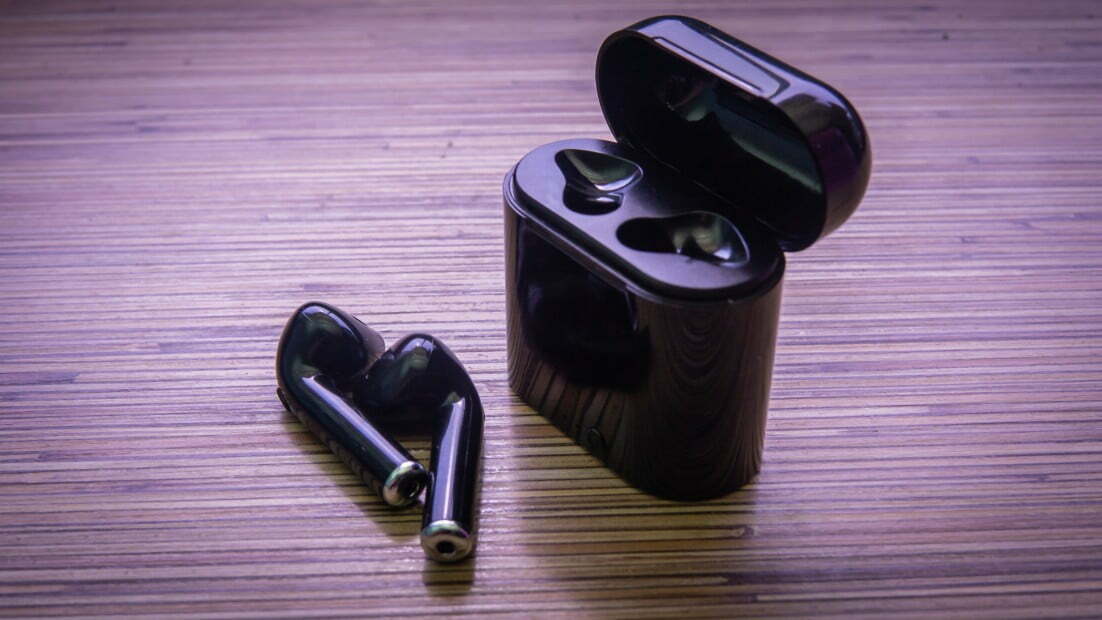


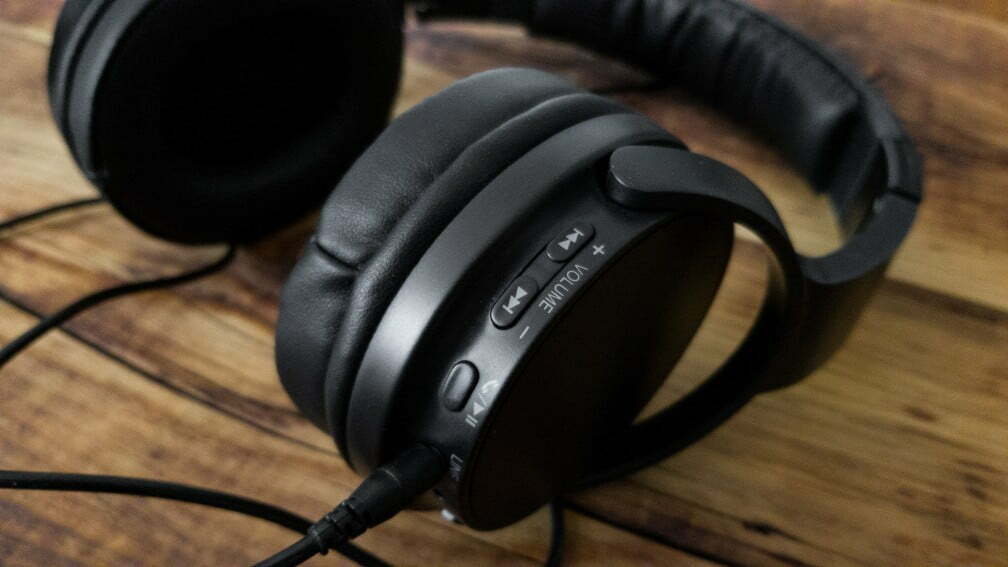




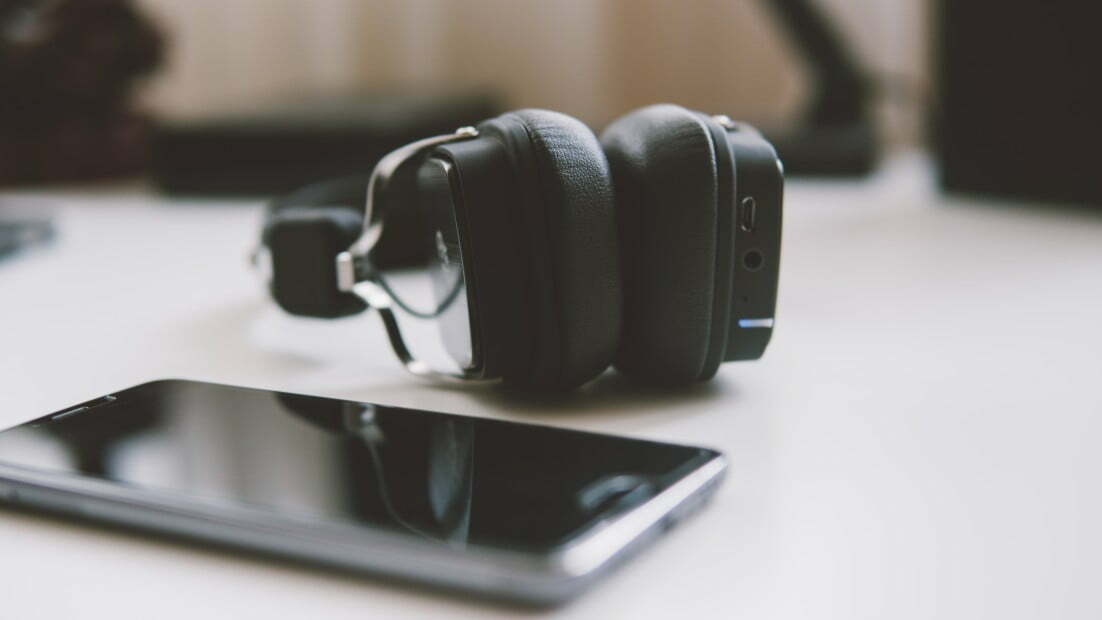




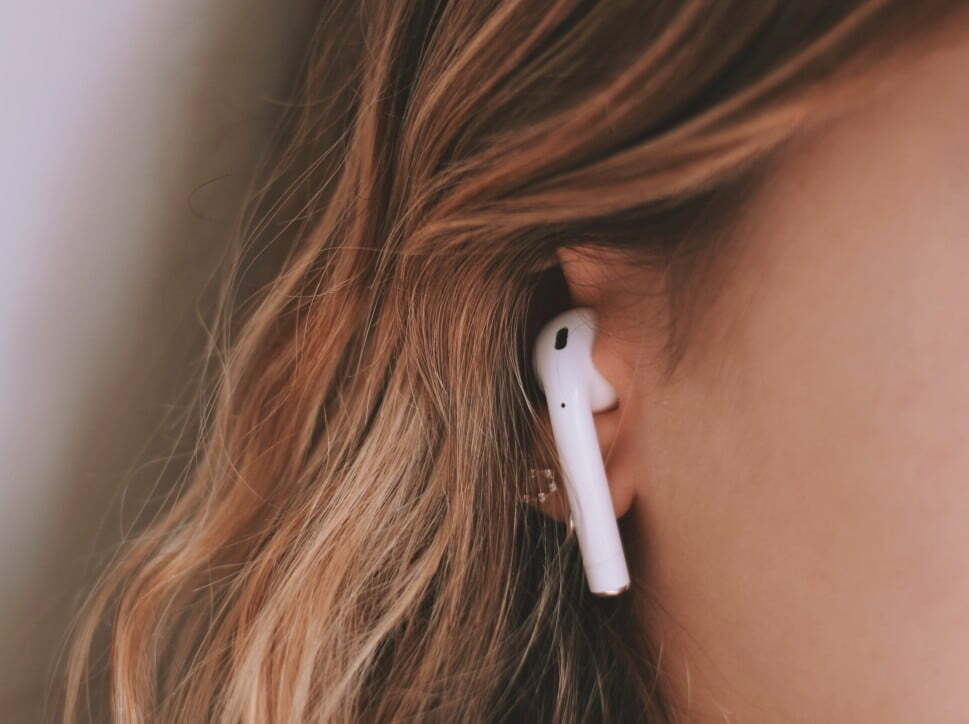

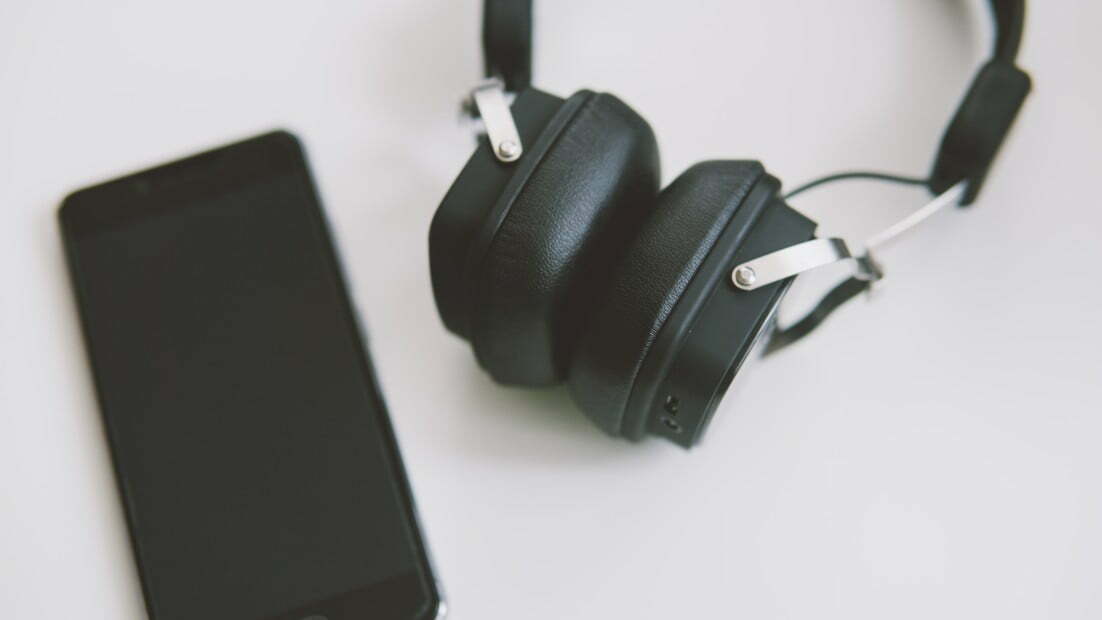


![Best Over-Ear Headphones for Working Out in [year] 27 Best Over-Ear Headphones for Working Out in 2025](https://www.gadgetreview.dev/wp-content/uploads/best-over-ear-headphones-for-working-out-image-scaled.jpg)
![Best Sennheiser Headphones in [year] 28 Best Sennheiser Headphones in 2025](https://www.gadgetreview.dev/wp-content/uploads/best-sennheiser-headphones-image-1.jpg)
![Best Sony Headphones in [year] 29 Best Sony Headphones in 2025](https://www.gadgetreview.dev/wp-content/uploads/best-sony-headphones-image-1.jpg)
![Best Open Back Headphones in [year] 30 Best Open Back Headphones in 2025](https://www.gadgetreview.dev/wp-content/uploads/best-open-back-headphones-image-1.jpg)
![Best Headphones in [year] ([month] Reviews) 31 Best Headphones in 2025 (December Reviews)](https://www.gadgetreview.dev/wp-content/uploads/best-over-the-ear-headphones.jpg)
![Best Noise Cancelling Headphones for Sleeping in [year] 32 Best Noise Cancelling Headphones for Sleeping in 2025](https://www.gadgetreview.dev/wp-content/uploads/best-noise-cancelling-headphones-for-sleeping-image-1.jpg)
![Best Noise-Cancelling True Wireless Earbuds in [year] 33 Best Noise-Cancelling True Wireless Earbuds in 2025](https://www.gadgetreview.dev/wp-content/uploads/best-noise-cancelling-true-wireless-earbuds-image.jpg)
![Best Headphones with a Mic in [year] 34 Best Headphones with a Mic in 2025](https://www.gadgetreview.dev/wp-content/uploads/best-headphones-with-mic-image.jpg)
![Best Headphones for Sleeping in [year] 35 Best Headphones for Sleeping in 2025](https://www.gadgetreview.dev/wp-content/uploads/best-headphones-for-sleeping-image.jpg)
![Best Headphones for Teens in [year] 36 Best Headphones for Teens in 2025](https://www.gadgetreview.dev/wp-content/uploads/best-headphones-for-teens-image.jpg)
![Best Noise Canceling Headphones for Kids in [year] 37 Best Noise Canceling Headphones for Kids in 2025](https://www.gadgetreview.dev/wp-content/uploads/best-noise-cancelling-headphones-for-kids-image.jpg)
![Best Headphones for Music Production in [year] 38 Best Headphones for Music Production in 2025](https://www.gadgetreview.dev/wp-content/uploads/best-headphones-for-music-production-image.jpg)
![Best Wired Headphones in [year] 39 Best Wired Headphones in 2025](https://www.gadgetreview.dev/wp-content/uploads/best-wired-headphones-image.jpg)
![Best USB Headphones in [year] 40 Best USB Headphones in 2025](https://www.gadgetreview.dev/wp-content/uploads/best-usb-headphones-image.jpg)
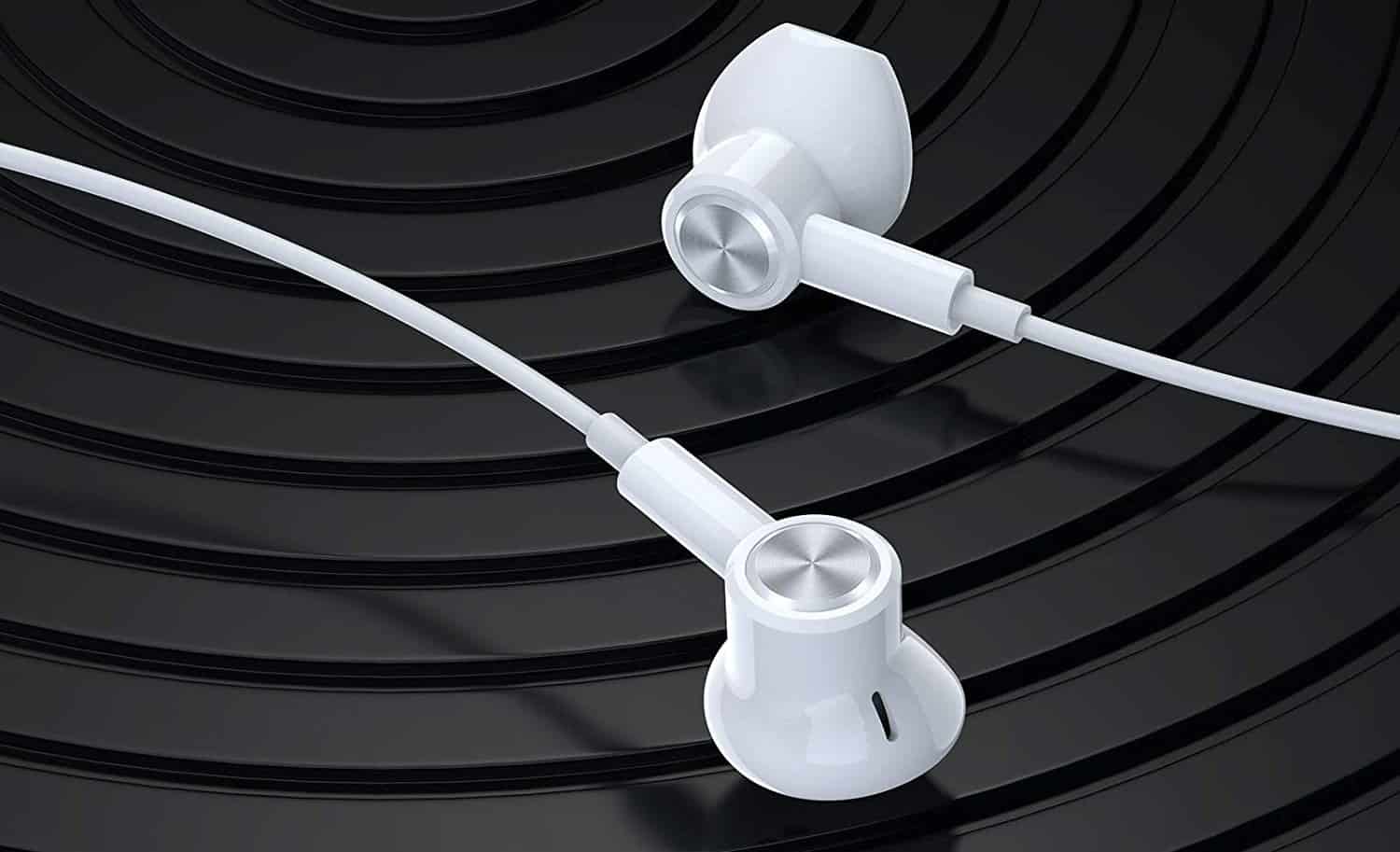
![Best Headphones for Mowing in [year] 42 Best Headphones for Mowing in 2025](https://www.gadgetreview.dev/wp-content/uploads/best-headphones-for-mowing-image.jpg)
![Best Headphones for Music in [year] 43 Best Headphones for Music in 2025](https://www.gadgetreview.dev/wp-content/uploads/best-headphones-for-music-image.jpg)
![Best TV Headphones for Seniors in [year] 44 Best TV Headphones for Seniors in 2025](https://www.gadgetreview.dev/wp-content/uploads/best-tv-headphones-for-seniors-image.jpg)
![Best True Wireless Earbuds in [year] 45 Best True Wireless Earbuds in 2025](https://www.gadgetreview.dev/wp-content/uploads/best-true-wireless-earbud-image.jpg)
![Best Swimming Headphones in [year] 46 Best Swimming Headphones in 2025](https://www.gadgetreview.dev/wp-content/uploads/best-swimming-headphones-image.jpg)






